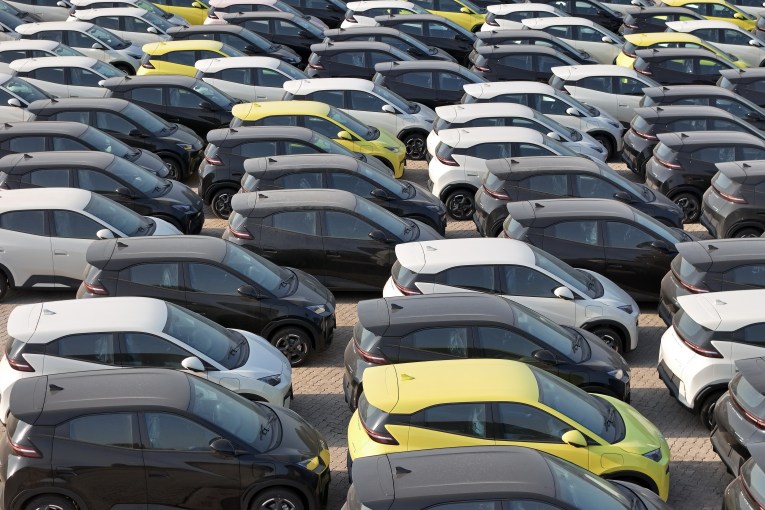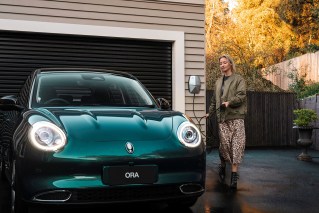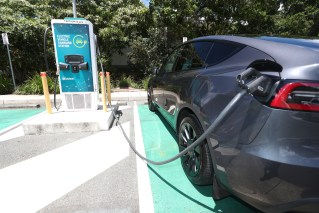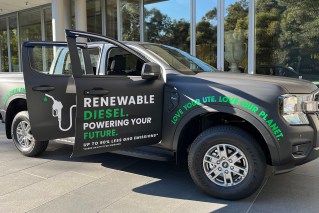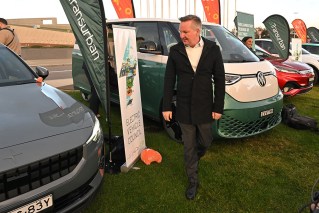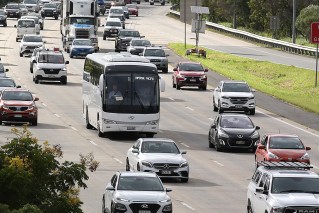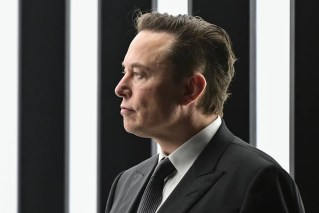When Aussies can expect EV prices to finally drop

EV prices are falling as supply chain issues ease and as more brands enter the market. Photo: AAP
In 2022, you could buy a new car, drive it around for a few months and still command thousands of dollars more than you paid for it on the second-hand market.
Fuelled by worldwide supply shortages, the trend pushed already high electric vehicle prices even higher, lifting them out of the reach of many Australian motorists.
But industry experts say prices are finally falling as more battery-powered vehicles are listed for sale in Australia.
The cost of some models will continue to drop this year, they predict, as cheaper vehicles enter the market and early adopters eye off their next upgrade.
Riz Akhtar from Carloop, a firm that analyses electric vehicle trends, said the Australian market had undergone big changes over the last two months as more electric cars were listed for sale and wait times got shorter.
“Last year people were asking $10,000 more for a three-year-old Tesla than what you could buy a new one for,” he said.
“Obviously the used Teslas were available immediately while the new models had a six-to-nine-month wait.”
Data analysed by Carloop shows local buyers are now waiting between eight and 12 weeks to take ownership of a Tesla, down from as long as seven months in January last year.
Used Tesla car listings are also at a record high in Australia, the data shows, with more than 650 models for sale on the second-hand market this month.
The combination of shorter waiting periods, more used models and price cuts from manufacturers in January had sliced thousands of dollars from the price of some vehicles, Mr Akhtar said.
“For the first time, we’ve seen some of the lower-priced Teslas dip below $50,000.
“People still (incorrectly) believe Teslas cost more than $100,000 new and that there’s barely any other brand offering electric vehicles that are affordable. They don’t even look at the used EV market.
“As interest grows and people see they are more attainable, that will change.”
Carma buying director Peter Willis said the online second-hand car provider was already seeing demand for electric cars rise in Australia across multiple brands.
Battery-powered and hybrid vehicles had grown to represent up to 12 per cent of vehicles listed on the site, he said, but demand was still higher than supply.
“Every time we sell one, we seem to have two people waiting in line that were disappointed,” Mr Willis said.
“Everything that is economical and fuel efficient, which is generally hybrid and electric vehicles, is now front-of-mind for most buyers.”
But Mr Willis said prices for electric vehicles were still higher than their petrol equivalents – a trend leading some to look into hybrid vehicles as a compromise.
“We get people daily trying to source that infamous $30,000 to $40,000 electric vehicle, which there doesn’t seem to be in the market,” he said.
“Once the cars creep into the next price bracket, I think you’ll get a lot more people looking at them.”
It’s an issue recognised by Energy Minister Chris Bowen, who acknowledged that while electric vehicles were cheaper to run, they were more expensive at the outset.
The issue was particularly prevalent in Australia as the country did not have the same mix of models available for sale as in other nations.
“In the United Kingdom, for example, you can get many, many more models of cheaper EVs and they’re coming down all the time,” Mr Bowen told ABC radio on Friday.
“We are looking at the policies on that.”
Those policies, discussed in the National Electric Vehicle Strategy consultation, could include a fuel efficiency standard that would encourage car brands to import more zero- and low-emission models.A response to the consultation is expected before May.
Even without the policy, keen EV buyers could expect to see more price falls in new and second-hand car market this year, Mr Akhtar said.
Price pressure from the release of cheaper electric vehicles like the GWM Ora ($44,490), BYD Dolphin (expected below $40,000) and the MG4 would change the game, he said.
“When MG launches the MG4, which is supposed to be around $40,000, we’ll be getting close to a $37,000 price (after government rebates) for an electric vehicle.
“That will also impact the used electric vehicle market.”
Electric Vehicle Council policy head Jake Whitehead said greater competition in the $30,000 to $40,000 price bracket would be critical to the success of next-generation vehicles in Australia, including the price of second-hand models.
But significant price drops for used EVs may not happen until 2025, he warned, when today’s purchases would filter through the market.
“There’s not thousands of really cheap second-hand EVs in Australia but that’s the future we could achieve if we continue to see that doubling of the fleet over the next couple of years,” Mr Whitehead said.
“The more significant waves of second-hand vehicles will be in about two years’ time and from that point there’ll be large numbers coming out of fleets for everyone to purchase.”
